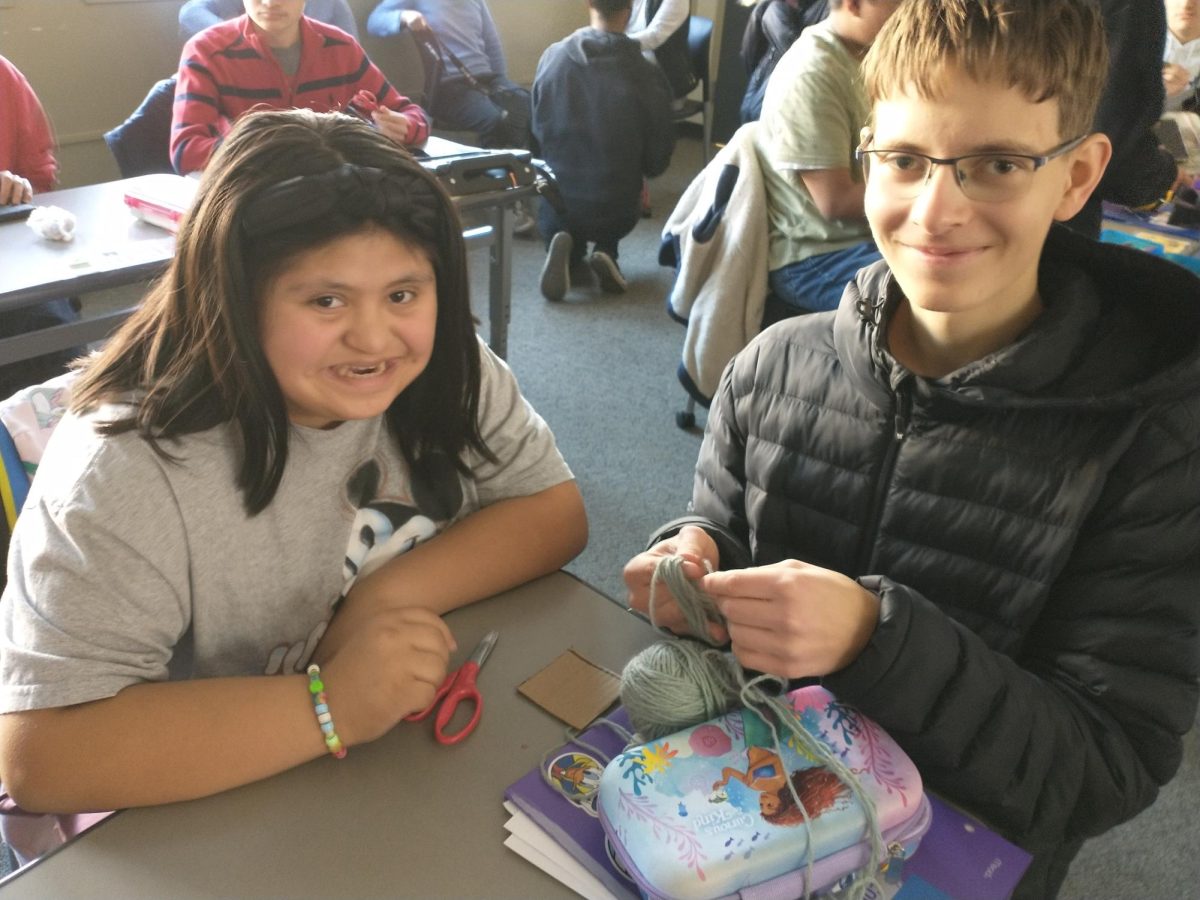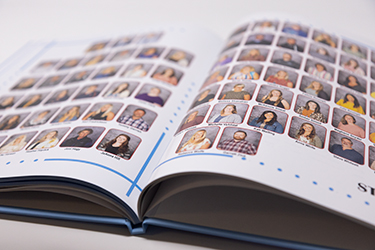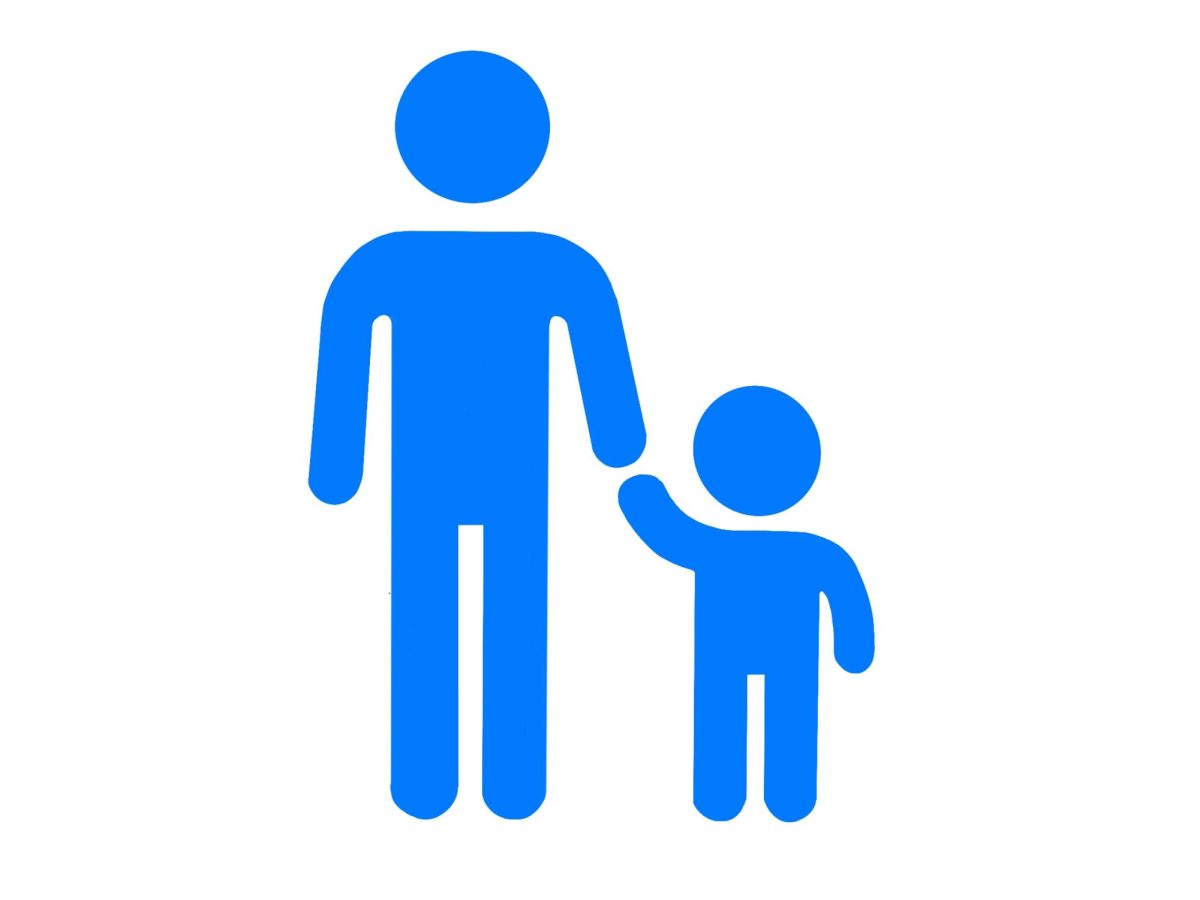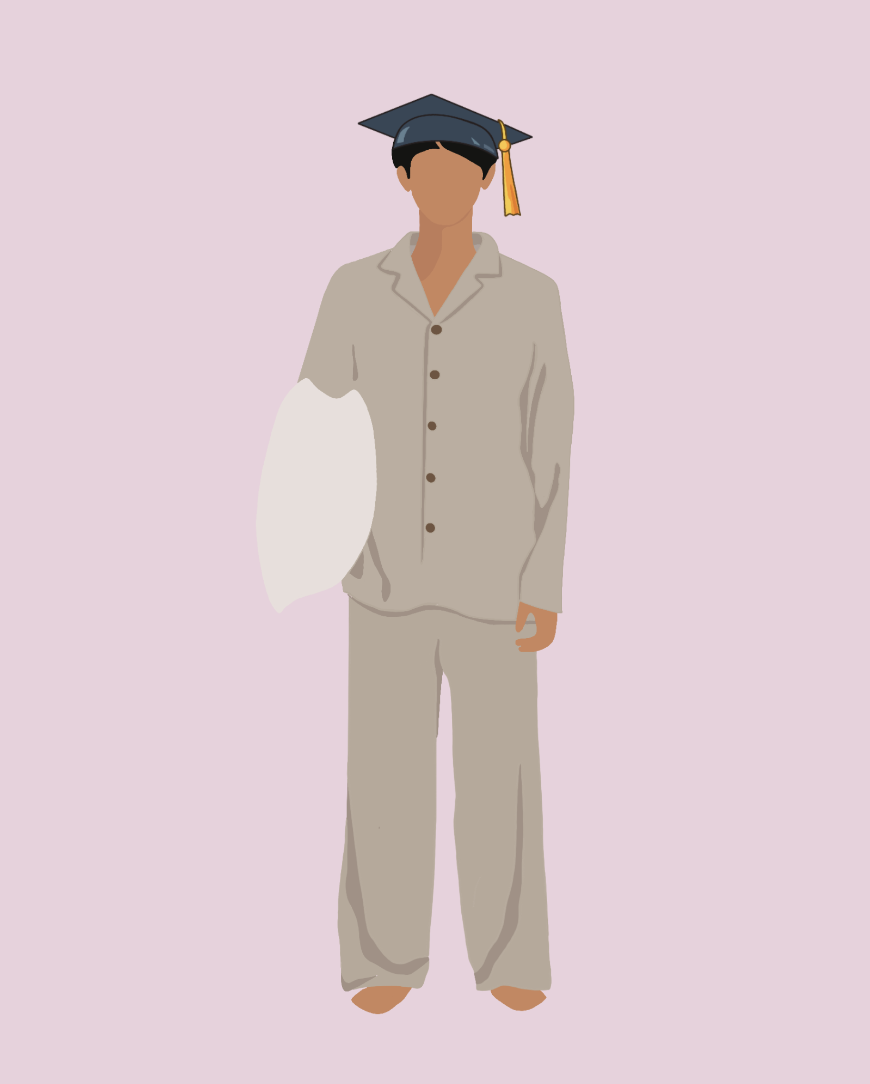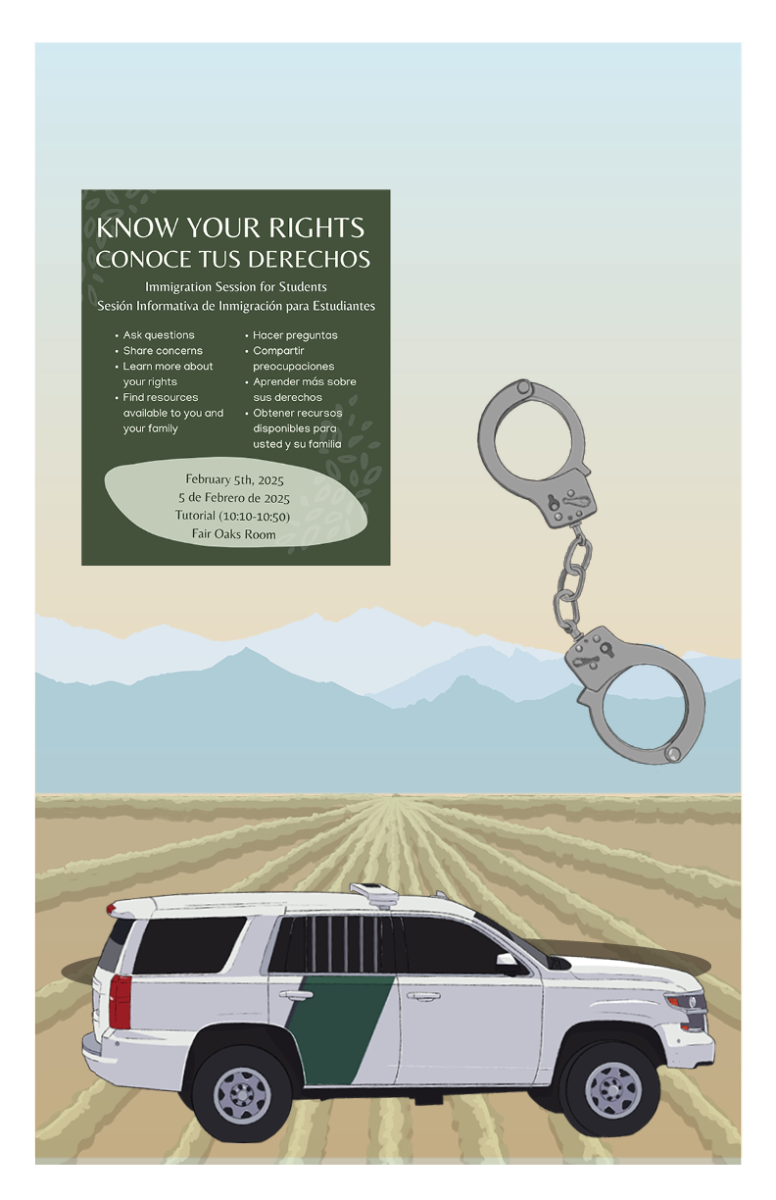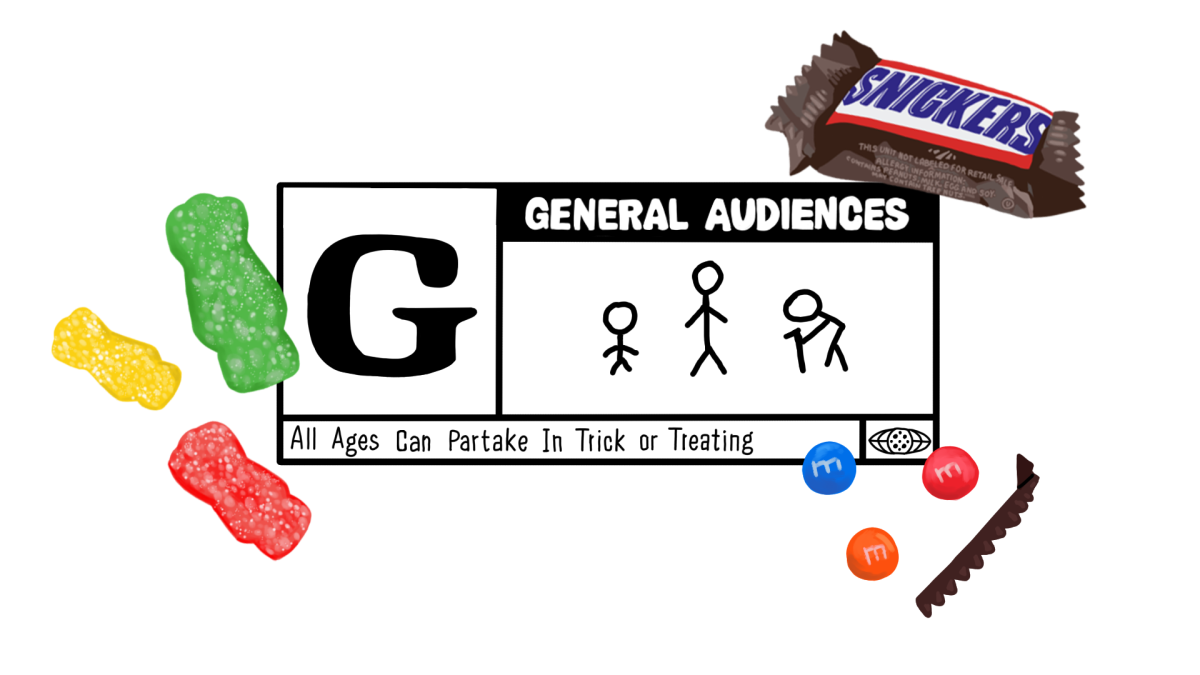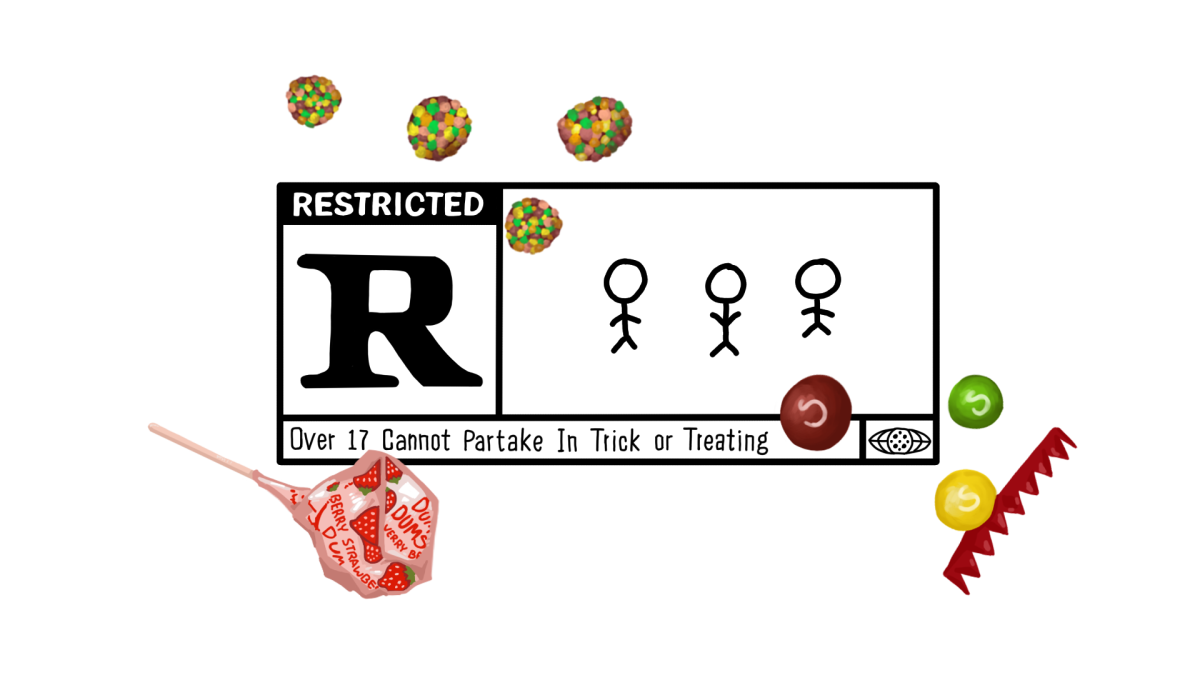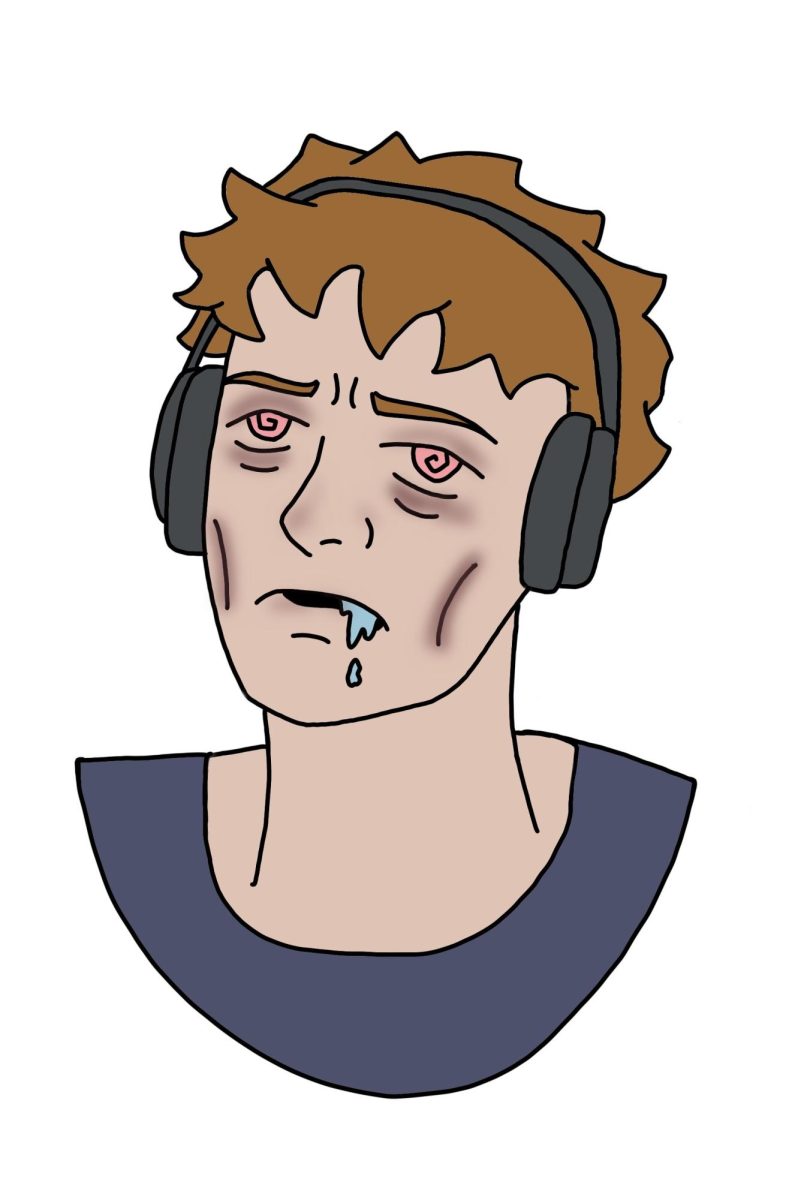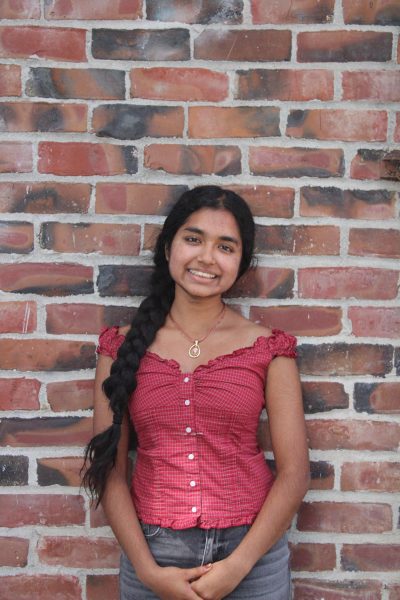Aside from academics, school is a place where students engage with one another and form meaningful relationships and communities. School activities like clubs, rallies and dances are fundamental to students’ success — they make students feel a part of the community and culture. Yet, these activities are difficult for students of the Special Education class, as they often cannot participate in events that other students can. Most schools overlook the special education class, with “less than one-third of students with disabilities spending 80% or more of their time during the school day in general education,” according to the National Center for Education Statistics.
However, FHS students have shown their engagement towards special education students, actively participating and organizing events for them. FHS junior Penelope Carrasco discussed organizing the ‘Buddies Dance,’ a homecoming dance for the students.
“The dance is where many schools from San Jose, Sunnyvale — basically surrounding cities — come to Fremont, and [ASB] throws a homecoming for the students.” Carrasco said. “We play music and the students get to dance alongside their aids.”
In addition to the dance, ASB organized a ‘Winter Wonderland’ for the students. The Special Education students were able to interact with ‘elves,’ ASB students, and participated in holiday-themed activities.
Along with the multiple events, the Firebird Buddies, club formed in 2006, has been a continual club at FHS. FHS senior and co-president of the Firebird Buddies club Eileen Lai, discussed the purpose of the club.
“Our club is a place where students with disabilities and the rest of the student body get to interact, by playing games together and making crafts,” Lai said. “This is an inclusive environment where we try to spread more awareness about disability and promote friendships.”
Students interact with each other every other week, which results in both parties learning about each other. Much of the student body may not know how to interact with special needs students, and possibly have a stereotypical view of disabled students. This leads them to be unsure or nervous about interacting with these students. FHS paraprofessional and aide Troy Lemmons provides tips for students who are on edge when participating with special needs students.
“What I could tell any student in high school is don’t be afraid,” Lemmons said. “If you want to get to know them, you want to engage with them, it’s not a problem. [The teachers and aides] can help you guys and show you guys how to connect with them.”
Connecting and understanding each other’s differences is essential for inclusion and is the stepping stone for disability awareness. Special education students are able to learn from their general education peers by developing life skills and learning how to socialize. Likewise, general education students are exposed to differences, which fosters understanding and empathy. Even though interacting with students with special needs can feel intimidating, FHS students have shown how to properly engage with them comfortably.
This engagement has garnered an abundance of positive feedback from special needs students and their aides.
“ [Special education students] love it,” Lemmons said. “They love engaging with you guys and engaging with the school in general. They really enjoy being around you guys.”
The continuation of these events is bound to happen with more events occurring in the future. Carrasco explained an idea she has for a future event.
“A weekly or monthly thing where [ASB students] just go work with the kids, and do arts and crafts, and activities that they personally enjoy,” Carrasco said.
Students at FHS have made big advancements to become involved with special needs students. This engagement is crucial to developing a more inclusive school. Even though FHS students have been participating with students, the stigma surrounding disabled students is still prominent, with slang words such as ‘SpEd’ reinforcing negative ideas of special needs students, further ostracizing them.
Organizing events and getting involved with disabled students, it is a start to dismantling the stigma around students with special needs, and including them in the school community. This inclusion should be essential among other schools as well, as it teaches students to accept differences, and include others.
“Special needs students are part of the population too,” Lemmons said. “They deserve to have the same kind of experiences that other students have.”


